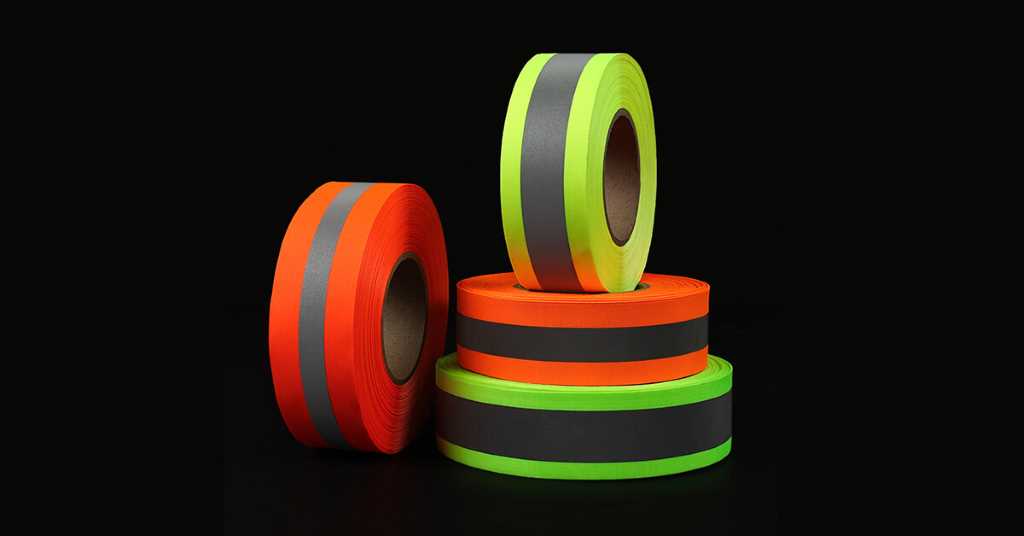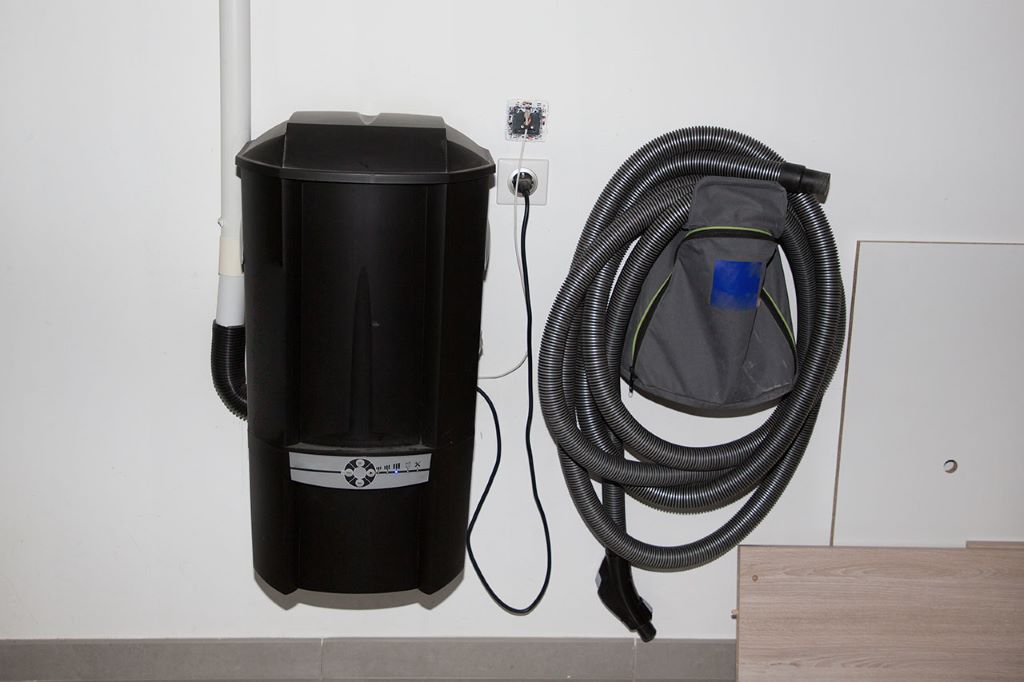Reflective tapes, often unsung heroes in the world of safety gear, have become increasingly prevalent in various applications. From enhancing the visibility of cyclists on dimly lit roads to marking hazardous areas in industrial settings, these seemingly simple strips play a crucial role in preventing accidents and promoting safety. However, like any tool, the tapes come with their own set of advantages and limitations. In this comprehensive article, we will delve into the multifaceted world of reflective tapes, exploring their benefits, drawbacks, and considerations for optimal use.
Pros: Shining a Light on the Advantages
- Unparalleled Visibility Enhancement: The primary and most obvious benefit of reflective tapes lies in their ability to dramatically enhance visibility. By reflecting light back to its source, these tapes make objects, people, or vehicles significantly more conspicuous, especially in low-light conditions. This increased visibility translates to heightened awareness for drivers, pedestrians, and other road users, ultimately reducing the risk of accidents.
- Versatility and Adaptability: Reflective tapes are incredibly versatile and adaptable, lending themselves to a wide range of applications. They can be applied to clothing, helmets, bicycles, vehicles, road signs, and even industrial equipment. This versatility ensures that safety can be prioritized in various contexts, from outdoor adventures to workplace environments.
- Cost-Effective Safety Solution: Compared to many other safety measures, contemplative tapes offer a remarkably cost-effective solution. They are relatively inexpensive to purchase and apply, making them an accessible option for individuals, organizations, and businesses alike. This affordability makes it possible to implement widespread safety enhancements without breaking the bank.
- Durability and Longevity: While thin and lightweight, reflective tapes are surprisingly durable and long-lasting. They are designed to withstand exposure to the elements, including rain, sunlight, and extreme temperatures. Many high-quality tapes come with warranties of several years, ensuring that their reflective properties remain effective over extended periods.
- Ease of Application and Removal: Applying reflective tape is a simple and straightforward process. Most reflective materials, including tapes, come with adhesive backings, allowing for quick and hassle-free application. Additionally, removing the tape is usually not difficult, leaving minimal residue behind. This ease of use encourages individuals to prioritize safety without cumbersome procedures.
Cons: Dimming the Glare of Limitations
- Dependence on External Light Sources: Reflective tapes’ effectiveness hinges on the presence of an external light source. In complete darkness, they offer no visibility enhancement. While this limitation is significant, it can be mitigated by combining reflective tapes with active lighting, such as headlamps or flashlights.
- Potential for Degradation Over Time: Although the tapes are designed for durability, they can degrade over time due to exposure to sunlight, abrasion, or harsh chemicals. This degradation may lead to a gradual reduction in their reflective properties. Regular inspection and replacement of worn-out tapes are necessary to maintain optimal safety.
- Limited Effectiveness at Acute Angles: The reflective properties of tapes are most effective when light strikes them directly. At acute angles, the amount of light reflected back diminishes, potentially reducing visibility. This limitation is particularly relevant for applications where the viewing angle is not always predictable, such as on curved surfaces or moving objects.
- Aesthetic Considerations: While reflective tapes prioritize safety, their appearance can sometimes be a concern. In certain contexts, such as on stylish clothing or vehicles, the addition of brightly colored or reflective strips might not align with aesthetic preferences. However, advancements in materials and designs are gradually addressing this issue.
- Overreliance and Complacency: In some cases, individuals or organizations might overestimate the effectiveness of ruminant tapes and become complacent about other safety measures. It’s crucial to remember that these tapes are just one tool in a comprehensive safety arsenal and should not replace precautions like safe driving practices or proper lighting.
Choosing and Using Reflective Tapes Wisely
To maximize the benefits and mitigate the limitations of reflective tapes, careful consideration is essential. When selecting tapes, prioritize those that meet relevant safety standards and offer high reflectivity. Consider the specific application and choose tapes with appropriate colors, widths, and adhesive properties.
Proper application is equally crucial. Ensure that surfaces are clean and dry before applying the tape. Follow manufacturer instructions for optimal placement and avoid stretching or wrinkling the material. Regularly inspect tapes for signs of wear and tear, replacing them promptly if necessary.
Conclusion: Illuminating the Path to Safety
Reflective tapes, with their unique combination of advantages and limitations, play an indispensable role in enhancing safety and visibility across diverse settings. By understanding their strengths and weaknesses, individuals and organizations can make informed decisions about their use, ultimately contributing to a safer and more secure environment.
Remember: Reflective tapes are not a magic bullet for all safety concerns, but they are a valuable tool when used judiciously in conjunction with other precautions. By illuminating the path to safety, these unassuming strips can make a significant difference in preventing accidents and protecting lives.





